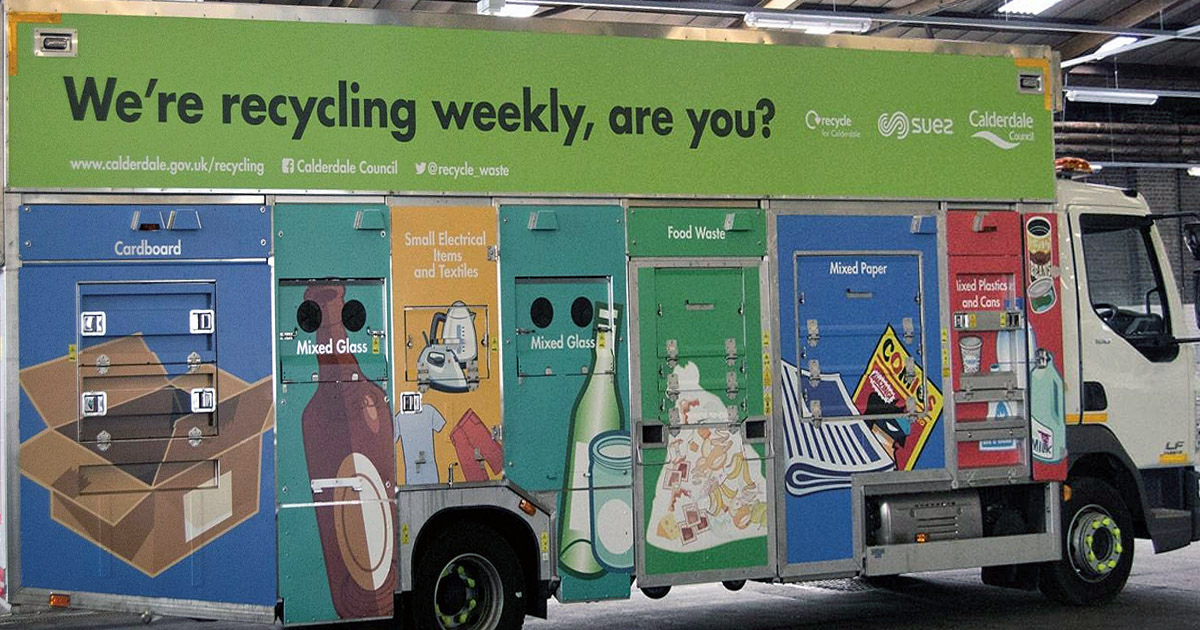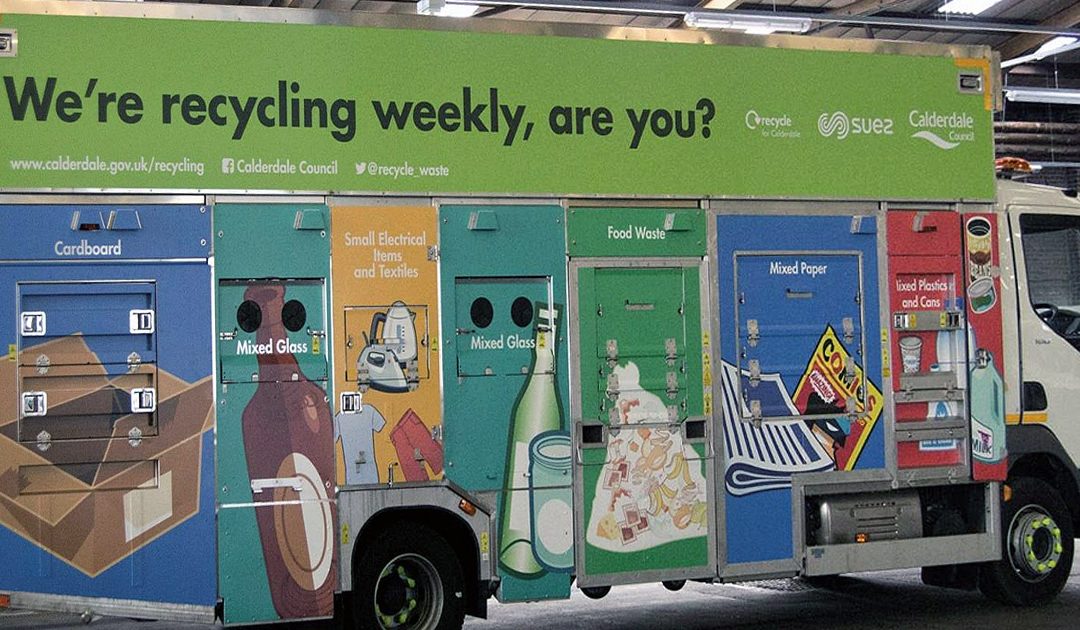
Have operators now won themselves a right of appeal against adverse CAR forms? Caution is needed, since this is not the outcome of the judgment in Suez’ successful claim (R (Suez Recycling) v. Environment Agency [2023] EWHC 3012 (Admin), Fordham J., 30 November).
Mr Justice Fordham was faced with six issues. The first, which Suez won, was whether the Environment Agency was right in its interpretation of the Regulators’ Code 2014, with the result that it was justified in automatically refusing a right of appeal against an adverse score appearing on a CAR. It is important to note that the complaint was that the EA had misinterpreted and misunderstood its obligation under the Code by adding qualifying wording which does not apply to CARs.
The second issue was whether the relevant provision of the code (§2.3) meant that the EA should make an appeal to an independent tribunal available to an aggrieved operator. The fourth to sixth issues were challenges to two specific CARs.
There is a gulf between the first issue and issues two to six (on which Suez did not succeed). Saying that the EA got it wrong by interpreting §2.3 in an unduly restrictive manner is very different from saying that a right of appeal is the necessary outcome.
Section 2.3 of the Code states at its heart that “Regulators should provide an impartial … route to appeal against a regulatory decision or a failure to act in accordance with this Code”. The EA’s interpretation was that this appeal right need only be available where the decision in question imposes a “mandatory obligation” on the operator, such as by way of an enforcement notice or a decision to remove an exemption. A compliance assessment report, on the other hand, was to be treated as no more than “a means of recording the compliance assessment the [EA has] carried out” (even though its financial consequences might have an impact on the charges for the site in question, as in the case of the two CARs which were before the Court).
In this context, the final order of the judge can be readily understood (para.71): “the Agency has failed to comply with its duty under the 2006 Act in relation to the 2014 Code in considering the provision of a right of appeal against an adverse score on a CAR”. (The 2006 Act is the Legislative and Regulatory Reform Act, 2006.)
This conclusion should be contrasted with the judge’s decision on the second issue: “I reject the invitation to find that the Agency was required to provide a tight of merits appeal against adverse CARs as a matter of common law procedural fairness”.
The two CARs themselves recorded scores of a breach of the standard odour condition that odour at the site boundary should be free of odours likely to cause annoyance “as perceived by an authorised officer of the Agency”. Since judicial review is not concerned with the merits of individual decisions, it is hardly surprising that the remaining challenges should also have failed.
In practical terms, the judge has left matters in limbo. This is because he necessarily quashed the outcomes of the flawed ‘appeal’ process which the EA applied in respect of the two CARs, without providing for their future determination.
In dismissing the second issue (the claim that there should always be a right of appeal against an adverse CAR), the judge stated that “there may be situations where the writer of a CAR can properly be invited to revisit it … with a sufficiently open mind”. He was not able to accept the “generalised conclusion [requiring…] an additional layer of procedural protection in every adverse CAR case”. He recognised the inevitable administrative and decision-making burden on the regulator”. Indeed, the ‘appeal’ process itself had been conducted by an “independent internal reviewer” who had provided a 17-page report. The parties are left with two extant CARs which must somehow be reconsidered.
What are the consequences for operators generally? They are not as good as they may seem. Assuming the EA revisits its interpretation of the Code, then there is room for more detailed disputes as to which CARs do and which do not justify a truly independent appeal. These disputes will cost operators time and money, and if they are not resolved to the operators’ satisfaction, then it is very likely that judicial review will not provide a forum in which to resolve the dispute.
Operators may be forced to look at their competition law options, since there may be avenues under the Chapter II prohibition for obtaining awards of compensation against the relevant regulator. If such challenges can be sustained, then these would allow hard-edged decisions to be reached on the merits.
On the wider ‘plus’ side, the Court has recognised that a judicial review challenge can involve the Regulators’ Code, a document which it is very difficult to employ to engage a judicial review Court.
The outcome is yet more ammunition (if it were needed) that an environmental tribunal is needed for many first-instance permitting disputes.
As a coda, it might be worth mentioning that Fordham J. decided the Walleys Quarry Landfill Site case, in which he decided that the duties under the ECHR (including the right to life) meant that the EA had to give effect to Public Health England’s stated recommendations. Four months later the Court of Appeal overturned the judge’s order on the basis that his declaration was neither justified nor necessary (R (Richards) v Environment Agency [2022] EWCA Civ 26). His judgment in Suez is almost as complicated as that in Richards. There was no application for permission to appeal.
GORDON WIGNALL
30 November 2023
